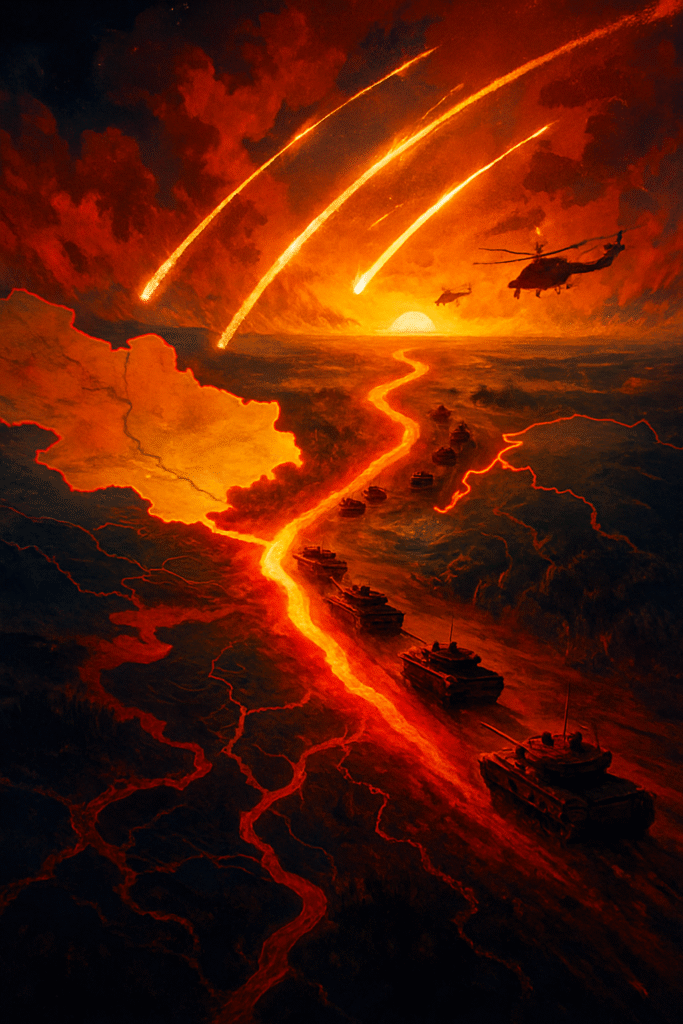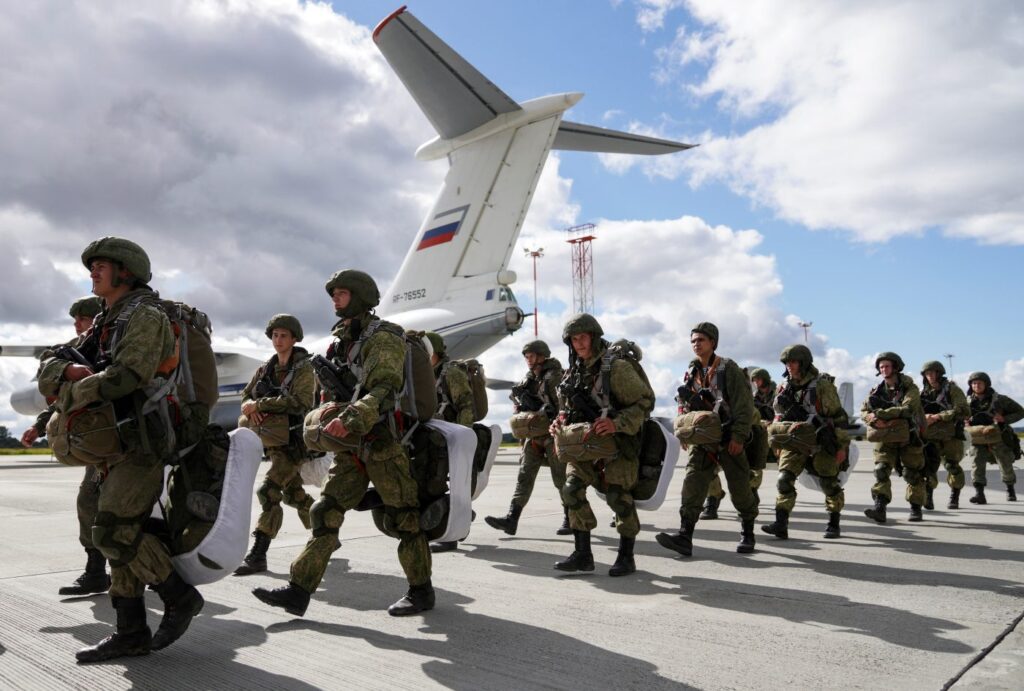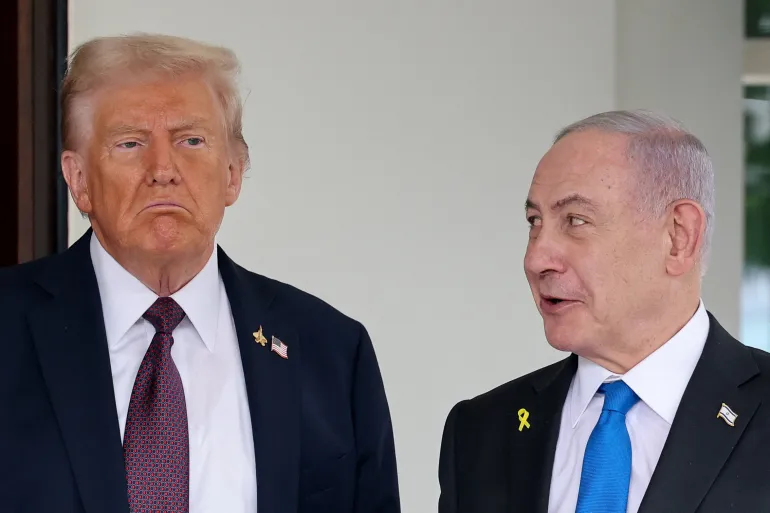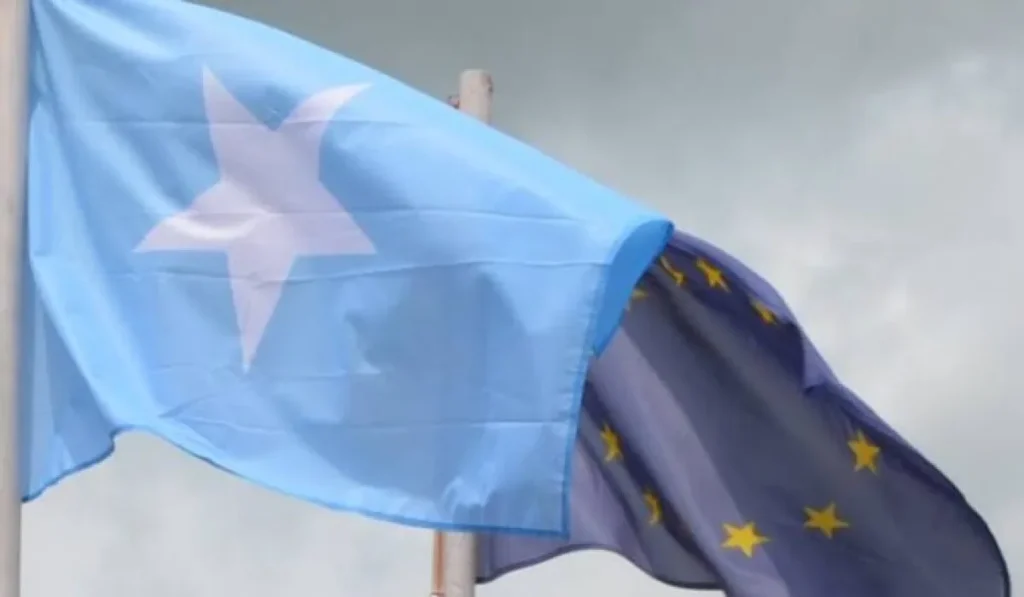
“Zapad” (Russian for “West”) is the codename for a massive joint military exercise held by Russia and Belarus, aimed squarely at NATO’s eastern flank. Zapad-2025, scheduled for September 12–16, 2025, in Belarus, is expected to be the largest such drill since 2021. Officially, Moscow and Minsk bill it as a defensive exercise to test their “Union State” forces’ readiness to repel aggression. In practice, however, Zapad war games have a clear purpose: to showcase – and rehearse – Russia’s ability to menace or even invade neighboring NATO countries.
Zapad-2025 is poised to involve tens of thousands of troops and sophisticated hardware. Belarus’s defense ministry has noted the exercise will include Russia’s latest hypersonic missiles and even simulations of nuclear weapon use. Such details underscore that these drills are far from routine. Ukrainian officials, wary from hard experience, have warned that large “exercises” like Zapad can easily be used as cover for moving troops into attack positions. In fact, the world has good reason to treat Zapad-2025 as more than just harmless training.
Lessons from 2014 and 2022
Russia has a track record of using military exercises as a cloak for real aggression. One striking example dates back to 2008: a Russian army exercised near the Georgian border only days before launching a surprise invasion of Georgia’s South Ossetia region.
In early 2014, Moscow reintroduced no-notice “snap” exercises – and under the guise of one such drill in February 2014, it quietly deployed troops to Ukraine’s Crimean Peninsula. Those “little green men” who appeared during the exercise went on to seize and annex Crimea, catching the world off guard. In other words, Russia’s 2014 Crimea operation was literally masked by a so-called routine military exercise.
Fast forward to 2022: a similar pattern played out on an even larger scale. In September 2021, Russia and Belarus conducted Zapad-2021, an enormous wargame involving around 200,000 troops and simulated attacks on NATO positions. At the time, Moscow insisted it was just defensive practice – yet only a few months later, those same Russian forces (now massed in Belarus under the pretext of drills) stormed across the border in the full-scale invasion of Ukraine. Russian units that had ostensibly deployed for exercises never left Belarus; instead, in February 2022 they joined the assault on Kyiv. Ukrainian President Volodymyr Zelenskyy has reminded allies of this sequence, warning that Russia could be “preparing something” in Belarus this year as well, under the guise of routine exercises.
The upshot: when Russian troops mobilize for drills near a target, it may not be a drill at all.

Historical parallels abound. Even Belarus’s Zapad-2021 was followed not only by the Ukraine invasion, but by a brazen hybrid operation: shortly after those drills, Belarus (with Kremlin backing) orchestrated an artificial migrant crisis on the EU’s border – a ploy the West condemned as “hybrid warfare” aimed at destabilizing NATO’s eastern members. All these cases show how the Kremlin turns exercises into Trojan horses, achieving strategic surprise.
This is why the upcoming Zapad-2025 exercises set off alarm bells in Western capitals. They harken back to a dark pattern: military maneuvers that smoothly transition into real offensives. We would be naïve to assume Zapad-2025 poses no similar risk.
Losing ground in the Caucasus
Beyond these historical warning signs, Russia’s geopolitical situation today is even more precarious – which could make Zapad-2025 a moment of opportunity (or desperation) for the Kremlin. Consider the seismic shifts happening in Russia’s “backyard.” In the South Caucasus, Moscow’s once-dominant influence is rapidly waning. Armenia, a longtime Russian ally, has grown disillusioned with Moscow’s security guarantees after they proved worthless during recent conflicts. (In the 2020 and 2023 wars with Azerbaijan, Russia stood by as Armenia lost territory.) Yerevan is now pivoting West, seeking defense ties with the U.S. and others. Meanwhile, Azerbaijan – backed by Turkey – has triumphed over Armenian forces and is less beholden to the Kremlin than ever.
The most dramatic development is a proposed Zangezur Corridor through southern Armenia. This corridor would link Azerbaijan proper to its Nakhchivan exclave, creating a direct route to Turkey – and critically, bypassing Russian territory. Under a U.S.-brokered peace initiative, Armenia and Azerbaijan have agreed in principle to open the route and even allow it to be managed by a U.S.-led entity. In essence, Washington would oversee a strategic transit corridor in the Caucasus for the next century. For Moscow, this is anathema. Russia and its partner Iran are staunchly opposed to any U.S. role in Zangezur, seeing it as a direct threat to their influence and to the north–south trade routes they control. Putin’s government knows that a U.S.-secured corridor would cement Western (and Turkish) presence in a region the Kremlin once considered its sphere of influence.
From Moscow’s perspective, it’s a perfect storm: NATO and the EU expanding in Eastern Europe, and now the U.S. muscling into the Caucasus. The Kremlin is under pressure to act – to claw back leverage or distract from these strategic setbacks. Analysts note that as Armenia and Azerbaijan get closer to a Western-brokered peace, the likelihood of Russia trying to torpedo the deal increases. In plainer terms, the more Putin feels he’s losing his grip in the Caucasus, the more he may lash out elsewhere to reassert Russia’s power. A flashy military gamble in a different theater – say, Eastern Europe – could serve to rally nationalist sentiment at home and warn the West that Russia is still a force to be reckoned with. Zapad-2025 could be that gambit.
Encirclement mindset reigns in Kremlin
To understand why Zapad-2025 worries observers, one must grasp the Kremlin’s worldview. Putin and his security elites genuinely believe Russia is being encircled by hostile forces. NATO’s post-Cold War expansion, the presence of U.S. troops and missile defenses in Eastern Europe, and now Western influence creeping into the Caucasus – all of this feeds a siege mentality in Moscow. As one analysis puts it, Russia’s leaders have a “somewhat paranoid geopolitical worldview,” perceiving even defensive moves by neighboring countries as offensive threats. In their eyes, the very existence of NATO on Russia’s borders is intolerable.
This mindset makes dangerous miscalculation more likely. Military strategists refer to a “security dilemma,” wherein one side’s attempt to strengthen its defense is seen as aggression by the other. Russia is especially prone to this, viewing NATO’s reinforcement of its eastern flank as preparation for an eventual attack on Russia. The Kremlin’s fears of NATO enlargement have already played “an important role in triggering Russia’s military aggression” against neighbors in the past (for example, after NATO hinted at future Ukrainian and Georgian membership in 2008, Putin struck Georgia that same year). Now, with Finland and Sweden joining NATO and Western arms pouring into Ukraine, Moscow’s anxiety is at an all-time high.
Why does this matter? Because a cornered, fearful Russia might take risks. Analysts warn that if Russian leaders convince themselves a showdown with NATO is inevitable, they could decide to “move first” – launching a strike while they think they still have an advantage. It’s a perverse scenario, but not impossible: a paranoid Kremlin, convinced that NATO will eventually attack, opting to hit a high-value target preemptively. This could mean testing NATO’s resolve in a limited way (for instance, a sudden grab of a vulnerable sliver of territory) to see if the Alliance blinks. All of this is why Zapad-2025 is so concerning.
These exercises embody the Kremlin’s worst fears and bravado – they simulate war with the West under the pretense of defense. If Putin’s regime truly feels encircled, Zapad could morph from simulation to live aggression in a heartbeat.
The Suwałki Gap
Nowhere is the East-West standoff more precarious than at the Suwałki Gap – a slender corridor about 100 kilometers long that lies between Belarus and Russia’s Kaliningrad enclave, along the Poland-Lithuania border. This strip of land is the only overland route connecting NATO’s Baltic members (Lithuania, Latvia, Estonia) to the rest of the Alliance. Strategically, it’s a choke point – a “dangerous bottleneck” through which NATO reinforcements must pass in a crisis. If Russia (and Belarus) ever managed to seize the Suwałki Gap, they would effectively isolate the Baltic States from Poland and other allies. NATO would be forced to resupply the Baltics by air and sea, options that are slower and riskier under fire.

Military planners have fretted over the Suwałki Gap for years, and Zapad-2025 puts a spotlight on it yet again. For many in Poland and the Baltics, this year’s exercise looks less like routine training and more like a rehearsal for cutting off the corridor in a future war. It is not hard to imagine the scenario: under cover of “drills,” Russian and Belarusian units launch a lightning assault to capture a slice of Lithuanian and Polish territory, linking Kaliningrad with Belarus. That would sever NATO’s frontline states in the north from their allies – a nightmare scenario for the Alliance. In fact, the last Zapad exercise (2021) already featured such offensive scenarios in its playbook, thinly disguised with fictitious enemy nations. The fear is that Zapad-2025 could practice a similar “blockade” of the Baltics.
Is NATO prepared?
Since 2017, NATO has stationed multinational battle groups in the Baltics and Poland as tripwire forces, precisely to show Moscow that any attack on those countries – even a limited one – will trigger a response from all allies. As of 2025, those forward units have been modestly reinforced, and countries like Lithuania and Poland are on high alert during Zapad. (Lithuania even redeployed its Iron Wolf brigade to training grounds near the Belarusian border as a precaution.) These measures improve deterrence by ensuring that Russian troops would immediately clash with American, British, or German troops if they moved on the Suwałki Gap. However, NATO’s current posture may still be insufficient to physically stop a surprise thrust. The Suwałki area is flat and sparsely populated, hard to defend and easy for mechanized units to overrun quickly. In war games, Russian forces have sometimes been able to penetrate the Baltics within 60 hours – far faster than NATO could reinforce from afar.
The bottom line: NATO’s presence at the Gap is a deterrent, but not a guarantee. It raises the stakes for Russia, but if the Kremlin is willing to gamble, the Gap remains a glaring weak spot.
Moscow surely knows this. That’s why Western analysts are laser-focused on Suwałki during Zapad-2025. Any simulated “scenario” involving that corridor would be a signal of hostile intent. It would mean Russia is actively thinking about isolating NATO’s Baltic allies. Indeed, Polish and Baltic officials have openly voiced fears that Zapad-2025 could be a “prelude” to an attack on Lithuania or its neighbors. NATO has responded by beefing up its own drills and surveillance in the area, hoping to dissuade any adventurous move. Still, the very fact that we’re discussing a potential clash over an obscure stretch of border speaks volumes. It shows how quickly the situation could escalate from exercises to an actual shooting war, especially in such a tinderbox location.
Zapad-2025 may end without tanks crossing a border, but the danger won’t. Big drills near NATO lines raise the chance of accidents and misreads—an aircraft straying, a test looking like a launch—spiraling into crisis. Expect hybrid pressure alongside the maneuvers: migrant pushes at EU borders, GPS jamming, cyber hits on infrastructure, disinformation and fake “incidents,” even covert sabotage of rail and fuel nodes by deniable teams. None of this requires a formal invasion to destabilize the region.
Bottom line: Zapad creates a powder-keg environment where a mishap, a nervous commander, or a coordinated hybrid punch could tip the East European theater into chaos. West must treat it as a potential cover for escalation and stay primed for overt or covert moves alike.




